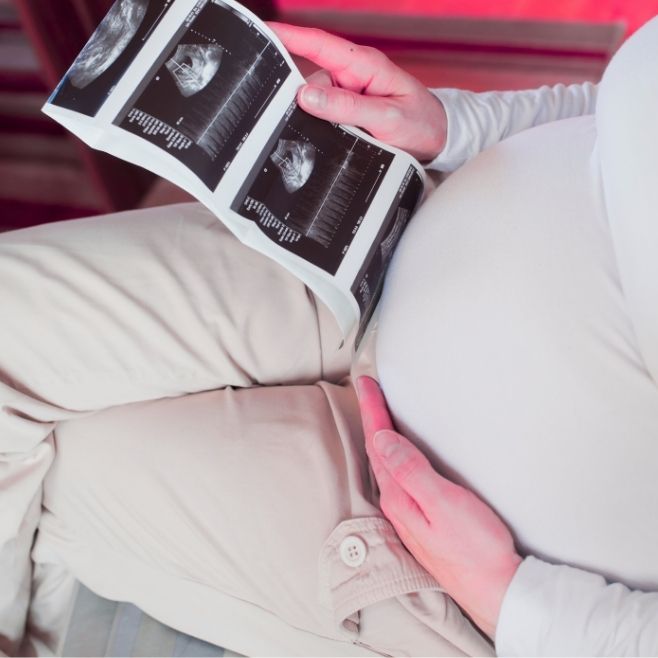
Why I’m Sharing My Story
When I got pregnant, I searched everywhere for a story like mine and couldn’t find one. So, I’m sharing my journey in hopes it will help other women facing pregnancy with large fibroids feel less alone—and better informed.
Before Pregnancy: Living With Fibroids
I knew before pregnancy that I had multiple fibroids, the largest being an 11 cm pedunculated subserosal fibroid (a type that grows outside the uterus on a stalk). My doctors assured me that it was safe—even preferable—to get pregnant before treating them, warning that intervention could cause fertility issues.
I conceived fairly quickly. But soon after, I began facing complications I wish I had been educated about beforehand.
How My Fibroids Changed During Pregnancy
During my pregnancy, my largest fibroid grew from 11 cm to 18.7 cm at its peak. That kind of growth isn’t rare—fibroids can enlarge due to increased estrogen and blood flow during pregnancy—but I didn’t realize how much discomfort it could cause.
The fibroids led to:
-
Bladder issues and difficulty urinating due to pressure
-
Severe pain from fibroid degeneration (when the fibroid’s blood supply is cut off and the tissue breaks down)
While my pregnancy itself has remained healthy, managing these symptoms has been challenging.
What Helped Me Cope
I chose to transfer my care to a high-risk obstetrician (MFM – Maternal-Fetal Medicine specialist). That decision has made a world of difference. They’ve provided close monitoring, pain management strategies, and reassurance throughout the pregnancy.
What I Wish I Had Known Before Getting Pregnant
If you have fibroids—especially large ones—discuss all options with your OBGYN before conceiving if you can. Understanding potential growth patterns, risks during pregnancy, and symptom management would have made this journey far less scary.
I also wish I had known:
-
Fibroids can grow significantly during pregnancy.
-
Location matters—pedunculated fibroids can cause intense pain if they twist or degenerate.
-
Some symptoms, like bladder pressure, may worsen as pregnancy progresses.
-
A high-risk doctor can provide more specialized monitoring.
Key Takeaways for Women With Fibroids Considering Pregnancy
-
Get a baseline scan before pregnancy to know fibroid size and location.
-
Ask about all treatment options—including timing in relation to conception.
-
Prepare for symptom changes during pregnancy.
-
Consider consulting a high-risk specialist early on.
-
Seek out patient stories—and share your own to help others.
Final Thoughts
I’m grateful that my pregnancy is progressing well despite the challenges, but I hope my story encourages other women to have deeper conversations with their doctors before conception. Knowledge is power, and in the case of large fibroids and pregnancy, it can make your journey safer, calmer, and less overwhelming.







